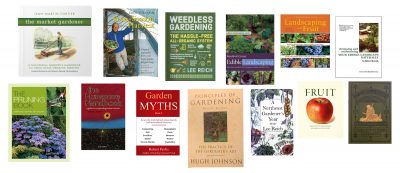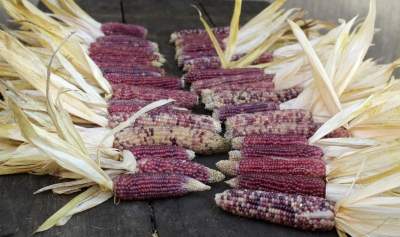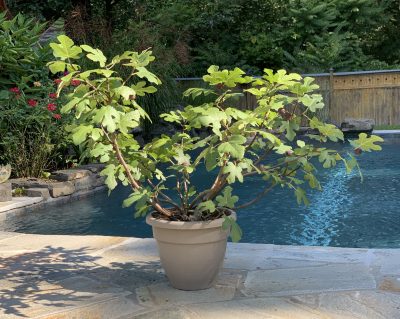GREAT GARDEN = HANDS ON + BOOKS
/1 Comment/in Books/by Lee ReichFishing, Gardening
“Give a man a fish, and you feed him for a day. Teach a man to fish, and you feed him for a lifetime.” How true, also in gardening. Not to mention the emotional and intellectual gratification, the “companionship with gently growing things . . . [and] exercise which soothes the spirit and develops the deltoid muscles” (C. D. Warner, 1870).
Let’s take teaching the man — or woman — to fish one step further, gardenwise. Lot’s of people wow others with the expertise they have allegedly accrued as evidenced from the mere fact that they’ve spent a number of years, perhaps decades, with their hands in the dirt. I roll my eyes. Flowering plants originated at least 130 million years ago, which is plenty of time to let the trial and error of evolution teach them to grow. Tuck a seed into the ground and it will probably grow.
Better gardening comes from having some understanding of what’s going on beneath the ground and up in the plant. This comes from growing and observing a variety of plants growing in a variety of soils and climates — which is more than is possible in a lifetime.
There’s a shortcut: books, a nice adjunct to getting your hands in the dirt. All of which is a roundabout way of my offering recommendations for books about gardening. The right book is also a great gift idea.
COLORFUL EARS, AND TASTY, TOO
/2 Comments/in Vegetables/by Lee ReichPopcorn Traditions
I was surprised at the different colors of my ears this fall — popcorn ears, that is. ‘Pink Pearl’ popcorn lived up to its name, yielding short ears with shiny, pink kernels. Peeling back each dry husk of ‘Pennsylvania Dutch Butter Flavored’ popcorn revealed rows of creamy white kernels. The surprise came from some ears from either bed whose kernels were multi-colored, each in a different way, with some kernels mahogany-red, some pale pink, some dark pink, and some lemon yellow.
I plan to bring some of these popped kernels to Thanksgiving dinner, just as Native American chief Massasoit’s brother, Quadequina, brought along a sack of popped popcorn to the first Thanksgiving feast almost four centuries ago.
Popcorn predates that first Thanksgiving in America by thousands of years. Kernels have been found in the remains of Central American settlements of almost 7000 years ago. The Quichas of Peru and the Aztecs of Mexico grew red, yellow, and white popcorns. Even after that first Thanksgiving dinner, popcorn was eaten by settlers in the Northeast as a breakfast staple with milk and maple sugar, or floated on soup (very good!). Beginning in the last century, movie and television viewing caused a resurgence in popcorn consumption.
FORWARD, WITH FIGS
/2 Comments/in Fruit/by Lee ReichPotted Figs, but First a “Haircut”
Temperatures here have dipped into the lower 20s a few nights and still dip readily to around freezing, which might lead some of you to believe I have been neglectful of my fig trees, which are still outdoors. Not so! They are subtropical plants that can take temperatures down into the ‘teens.
Today I moved all my potted figs to their winter home. As I wrote in my book Growing Figs in Cold Climates, fig, being a subtropical plant, likes cold winters, just not those that are too, too cold. My plants went either into my basement, where winter temperatures hover in the 40s, or into my walk-in cooler (also used for storing fruits and vegetables) whose temperature is nailed at 39°.

One of my friend Sara’s figs in summer
I always prune my figs before nestling them into the basement or the cooler. Then they can be carried without errant stems slapping my face, and the pots can be stored without undo elbowing neighboring potted figs.

